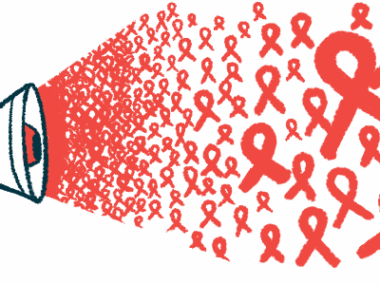EDS Coalition Announces Global Initiative to Guide, Coordinate Patient Care
Written by |

A global resource to guide healthcare professionals in assessing and managing symptoms of Ehlers-Danlos syndrome (EDS), hypermobility spectrum disorders (HSD), and related conditions will be developed by the EDS Comorbidity Coalition.
A generous donor made the endeavor possible, according to the Ehlers-Danlos Society, which founded the EDS Comorbidity Coalition, a group of medical and patient experts and organizations, in 2016.
“The EDS Comorbidity Coalition hopes to produce this desperately needed resource for health professionals to provide guidance protocols for the diagnosis and coordination of care for people living with all types of EDS and the symptoms and associated conditions that can arise — worldwide,” Lara Bloom, international executive director of the Ehlers-Danlos Society, said in a press release.
The coalition consists of a partnership between The Ehlers-Danlos Society, Dysautonomia International, the Chiari and Syringomyelia Foundation, the Mastocytosis Society, and the Spinal CSF Leak Foundation.
The goal of this endeavor is to offer medical professionals the necessary global resources to streamline the management of EDS and HSD. Patients remain the key focus of this partnership.
“This is a very exciting time for EDS/HSD research. Patients are at the heart of our work,” Bloom said.
“The power of the partnership between The Ehlers-Danlos Society, The International Ehlers-Danlos Consortium, the Vascular EDS Collaborative, and each of member of the EDS Comorbidity Coalition ensures that medical professionals will not only have access to the latest advancements in research, management, and care for EDS/HSD, but also any related symptoms or associated conditions,” she added.
Medical and patient experts from each of the organizations involved will participate in the partnership to better understand the relationship between EDS and other conditions, and determine research priorities that require a comprehensive approach.
The coalition’s resources will be drafted in English and translated to reach a wider global audience, according to the press release.
“In keeping with our global mandate, final resources created by the EDS Comorbidity Coalition will be translated from English into other languages including French, Spanish, Italian, German, Dutch, Arabic, Japanese, Chinese, and Danish,” said Alan Hakim, MA, FRCP, education director for The Ehlers-Danlos Society.
“Ultimately, we want to help all health professionals from different specialties understand how to recognize and support people with all types of EDS and HSD, using the new diagnostic criteria, and manage the myriad associated symptoms and related disorders,” Hakim concluded.





